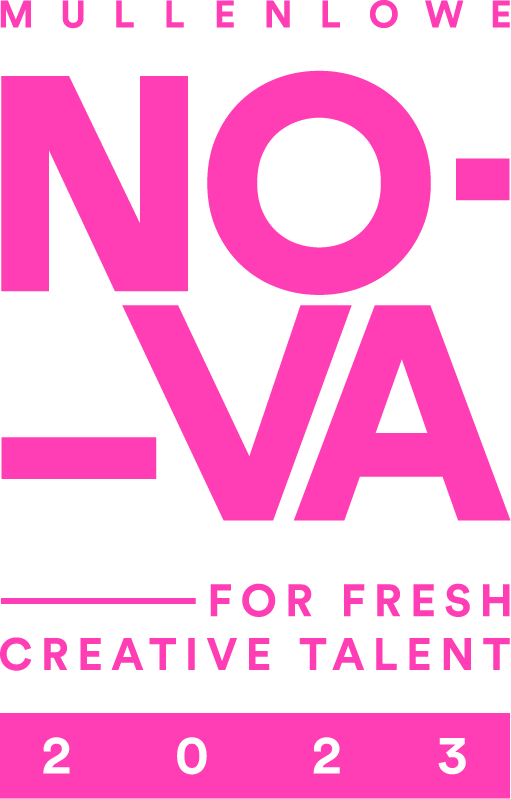Mathilde Rougier Speaks To FAD Magazine

FAD managed to have a quick chat with the winners of the 2020 MullenLowe NOVA Awards. Here we have Mathilde Rougier from the BA Fashion Design Womenswear course at Central Saint Martins who was one of two runners up.

Can you tell us about your practice and/or project?
The collection addresses damaged data and its restoration as a form of creation. The collection’s aesthetic is based on a personal archive of garments. The archive was then recorded and manipulated digitally through photography, pixelation, 3D scanning and a convolutional neural network. These manipulations have inspired the aesthetic of the collection. The aim of the collection was to use what has already been produced, in terms of materials and inspiration to produce new ideas, in short creating new with the old eternally. The motivating idea was to leave behind obsolescence and throw away fashion and replace it with more circular design solutions.

The collection uses modular assembly to construct the garments. This process was inspired by pixels on a screen and allows for the elimination of waste in garment production and extends the lifecycle of the garment. The collection uses modular construction, where waste leather sample books, scraps and damaged hydes are cut down into tessellating modules so a maximum of the material can be re-used. These pieces are slotted together allowing them to be repositioned like Lego. The garment can be changed by moving the modules, meaning the design process is constantly evolving and extending the life cycle of the garment. The second process is based on the re-use of single-use plastic packaging from the fashion industry to make accessories. The plastic can be re-melted into other designs as it is kept un-mixed. Neither of these processes use sewing, meaning the garments are built for disassembly and are recyclable, as the material unity is conserved. The third process is based around the upcycling of ripped or stained 100% cotton hotel sheeting. These garments are sewn using 100% cotton thread. They are also dyed using China ink which doesn’t need a chemical mordant. The last process uses augmented reality to plane track the garments, in order to evolve their shape in the digital plane.
A lot has been written about the negatives on creativity of Lockdown/Covid can you tell us about any positives?
I spent lockdown with my family back home, it gave me the opportunity to see them which is priceless. The unique timeframe and material restrictions that lockdown imposed also allowed me to dive deep into the de-materialised aspect of my collection, which took on a larger place within the collection. Lockdown comforted me in the idea that circular and virtual design were relevant paths for me to follow, and above all relevant to the times. I am hoping the fashion industry as a whole will evolve to integrate more circular ways of production. I am really hoping that amidst the chaos, more of us realise the importance of giving creation time and that from limitation, arise better ideas. This was my main takeaway from this period.

What was the best thing about your time at Central Saint Martins?
CSM is really about the emulation created by all the people present, by the variety of different influences and advice provided by both tutors (Anna Nicole Ziesche and Heather Sproat), technician Alis Smith and other students. You are really encouraged to experiment in the first two years of the degree. I felt very free to experiment until I found my voice. UAL also harbours a number of amazing initiatives, such as the Digital Maker Collective, which has really developed my knowledge and interest in emerging technologies.
What plans / aspirations do you have for 2021 and beyond?
During 2021 I will be starting an MA at the Institut Francais de la mode, so I hope to carry that out successfully. I am also hoping to be able to continue freelancing as an image consultant, especially around mixed reality projects. I am really excited about what is to come, and if I have learnt one thing from all we are going through with COVID-19, it’s that circumstances change and the future is quite unpredictable.

What does winning a MullenLowe NOVA Award mean to you and in what way can organisations support emerging artists?
Winning a MullenLowe NOVA Award is beyond amazing! The financial support will be of great help when developing my research into circular design systems. The award gives me a platform to develop my research further and to meet other people interested in the domains I wish to explore, this is my main takeaway.
Find out more about Mathilde’s project HERE
This article was originally published on FAD Magazine








